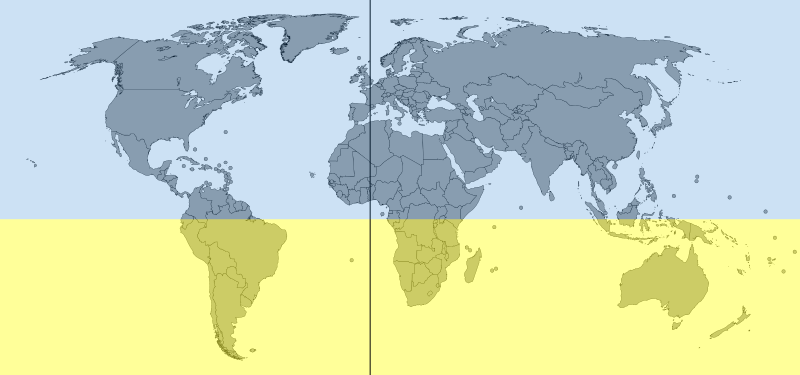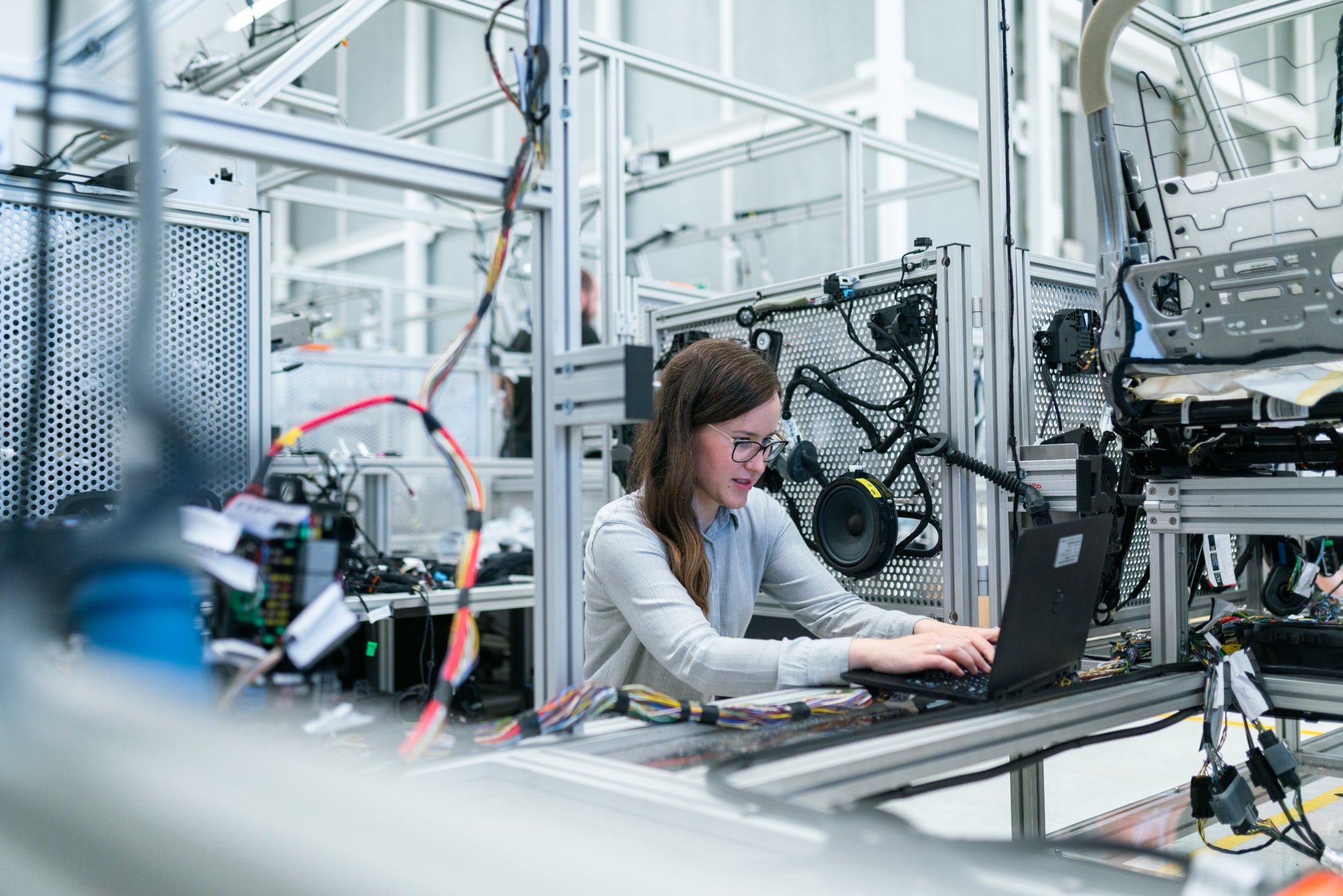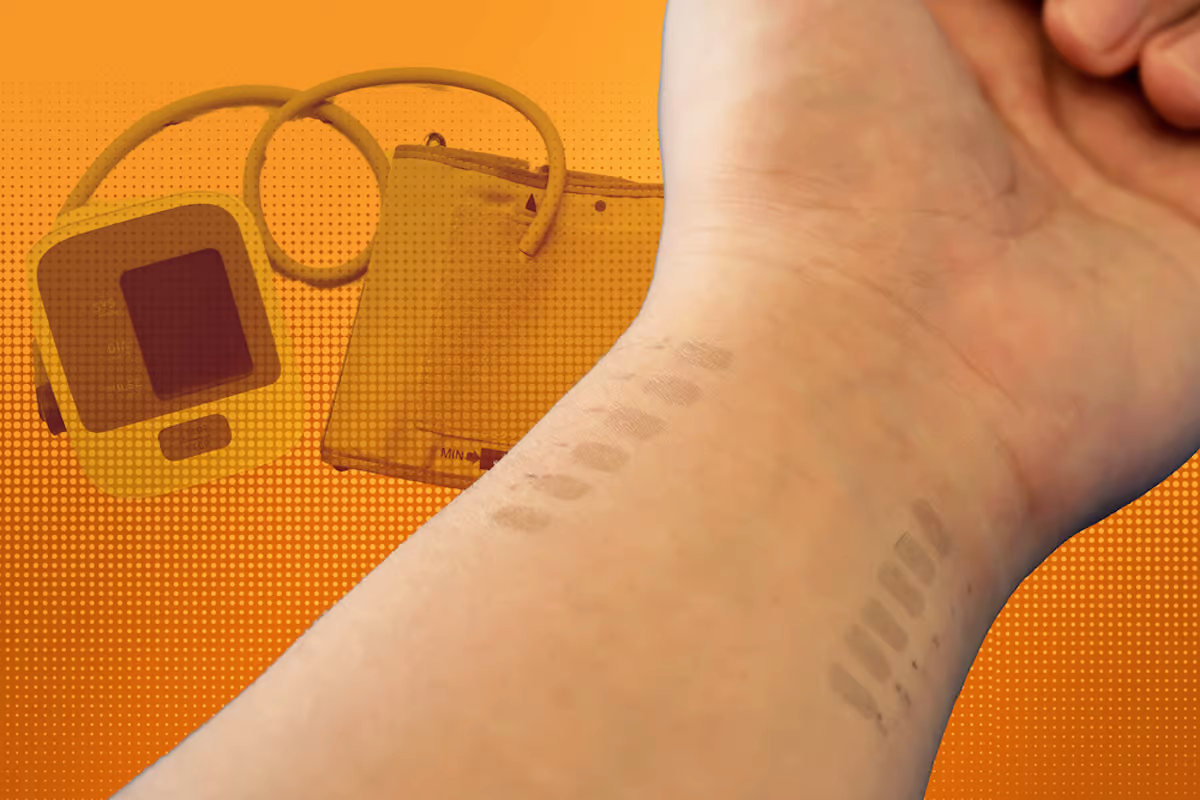Do you know the horseshoe crab’s big contribution behind the effectiveness of tetanus shot or a flu shot? It is the horseshoe crab’s blood that saves our life. This harmless and primitive sea creature’s blue blood was discovered to be a life-saving tool.
How it saves our lives:
A horseshoe crab’s blood is copper based and hence it is blue in color. The amazing thing about its blood that fights with the infection is that it has a compound known as LAL (Limulus Amebocyte Lysate). This compound coagulates around the contamination and traps fungi, viruses, or bacterial endotoxins in a gel-like substance.
Some bacteria can survive heat sterilization and even very small amounts can cause deadly reactions in people. The best part is that the horseshoe crab’s blood is so sensitive that it will react to a contaminant concentration of one part per trillion.
This compound is the basis of the LAL test, the international standard screening test for bacterial contamination in medical equipment, vaccines and other injectables.
The cost of a horseshoe crab’s blood:
Horseshoe crab blood has become a big business now. A quart of horseshoe crab blood has a price tag of an estimated $15,000. But crabs have to pay much more to save human lives. Every year, half a million horseshoe crabs are captured and bled alive. They are cleaned and then around 30% of their blood is drawn. One study has shown that between 10 and 30% of the crabs die during or after the process.







